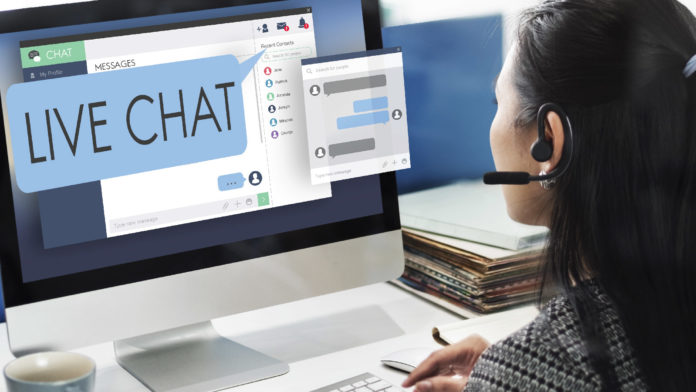Understanding customers’ desired mode of communication is crucial for businesses to increase engagement with leads.
More than half of all respondents in the latest survey from Drift and SurveyMonkey Audience say online chat is the most convenient communication channel. Meanwhile, only 10% of respondents believe that social media channels offer quick answers to complex questions.
When it comes to convenience, online chat tops all forms while telephone leads in the case of most categories overall. Telephone as a mode of communication channel tops when it comes to ease of communication (45%), excellent customer experience (43%), ability to quickly register a complaint (39%), quick answers to complex questions (34%), and getting expert answers (35%).
Clearly, traditional modes of communication such as a telephone is still an important communication channel.
As per the research from InsideSales.com, if marketers don’t respond to a new lead within five minutes, there is a 10-time decrease in the odds of ever re-connecting with that lead. At the same time, if they respond within 10 minutes, their odds of qualifying that lead will decrease by a whopping 400%. So immediate response times are what will actually drive success in lead generation.
Read More: 3 Things to watch out for While Deploying Chatbots
The survey further reveals that website forms are among the slowest channels to garner responses from businesses, while chatbots and video calls are among the fastest. While telephone and online chat are the favorite communication channels for several reasons, they still fail to provide the round-the-clock service buyers expect in today’s digital age, and therefore, companies need to move to chatbots.
In the case of a one-to-one comparison of the benefits of chatbots vs. online chat, consumers have higher expectations from online chat in virtually every benefit category.
Only 11% of survey respondents expect immediate responses from forms, compared to 39% for one-to-one video calls and 42% for chatbots. Consumer’s expectations of chatbot response times are almost similar to their expectations for response times during face-to-face conversations.
If chatbots can provide 24-hour service along with the fastest response times outside of an in-person discussion, why are 79% 11 of Cloud 100 companies still using forms instead of moving to chatbots?
Chatbots have evolved into increasingly sophisticated tools, but it is evident form these data that there is still room for improvement.






